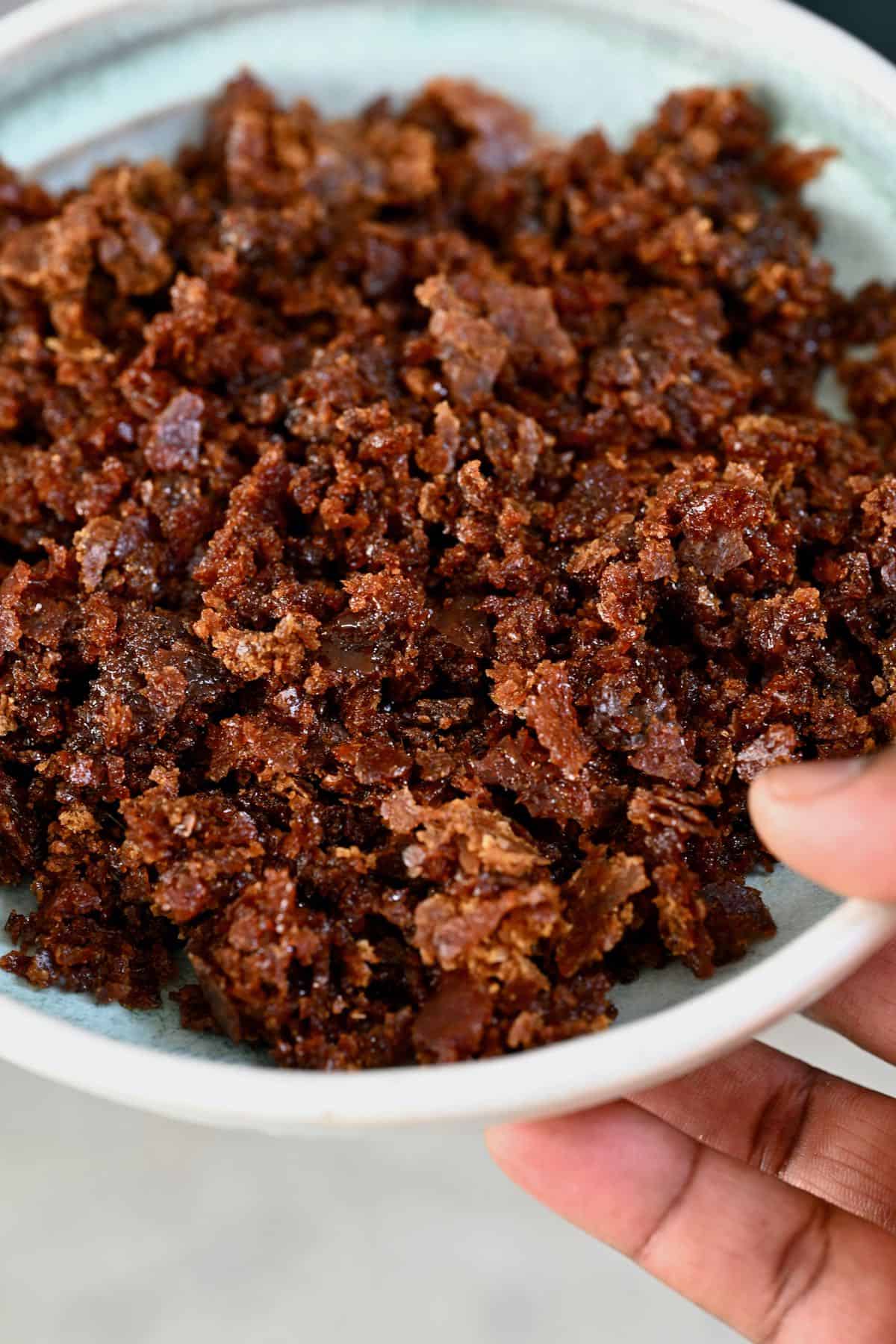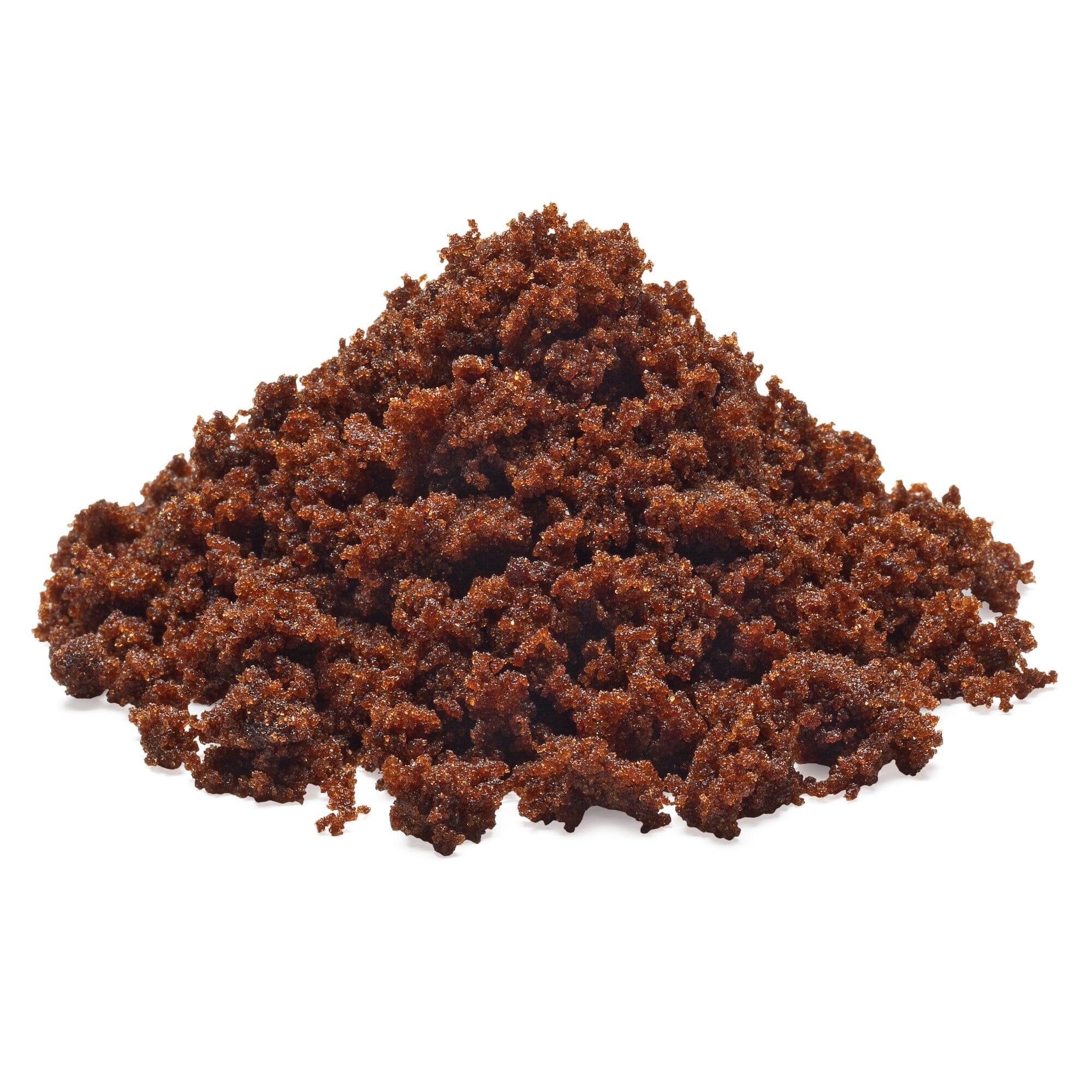Exploring the Comprehensive Steps Included in Walking Cane Sugar Processing From Collecting to Improvement
The procedure of walking stick sugar manufacturing includes a series of complex steps, beginning with the careful harvesting of sugarcane and finishing in the improvement phases that guarantee the end product meets market requirements. Each phase, from the removal of juice to the filtration and formation processes, plays a vital role in identifying the high quality and personality of the sugar. Comprehending these phases not only highlights the intricacy of sugar manufacturing however likewise elevates critical concerns concerning performance, sustainability, and technology in the industry. What effects do these aspects have for future methods?
Collecting Sugarcane
Gathering sugarcane is a critical action in the walking stick sugar processing chain, as it directly influences the top quality and yield of the end product. Appropriate timing and techniques are vital during this phase to make certain optimal sugar content and minimize losses. Typically, sugarcane is collected when it reaches maturation, usually 12 to 18 months after growing, characterized by a high sucrose focus.

Post-harvest, the sugarcane has to be refined swiftly to stop sucrose destruction. Ideally, collected walking cane should be transferred to refining facilities within 24-hour to maintain sugar high quality. Therefore, effective logistical preparation is vital to keep the stability of the collected crop throughout the supply chain.
Extraction Process

The smashed cane goes through a collection of pressing operations to take full advantage of juice recuperation. Commonly, warm water is sprayed onto the crushed walking stick, producing a countercurrent flow that helps dissolve the sugar while additionally aiding in the removal procedure. The juice accumulated from this procedure has not just sugar however likewise different organic compounds and contaminations.

To enhance removal effectiveness, some centers may employ diffusion approaches, where the sugarcane is soaked in warm water, allowing the soluble sugars to diffuse right into the liquid. The resulting juice, abundant in sucrose, is after that guided to subsequent handling phases, laying the foundation for purification and improvement. The extraction procedure is thus pivotal in determining the quality and yield of the final sugar product.
Filtration Methods
The purification strategies employed in cane sugar processing are essential for transforming the raw juice right into a high-grade sugar product. These techniques mostly intend to remove contaminations, such as soil, plant products, and inorganic compounds, which can detrimentally influence the last item's flavor and shade.
Among one of the most common filtration techniques is clarification. This process includes adding lime and warm to the raw juice, which assists in the coagulation of contaminations. The resulting precipitate is after that removed via sedimentation or filtering, yielding a more clear juice. Additionally, the use of phosphoric acid can improve the information procedure by further binding pollutants.
An additional considerable strategy is carbonatation, where co2 is presented to the clarified juice. This reaction produces calcium carbonate, which records remaining impurities and advertises their removal.
Furthermore, activated carbon therapy may be related to adsorb any continuing to be colorants and natural contaminations, making certain a more polished item. The mix of these methods effectively prepares the sugar juice for succeeding action in the refining process, establishing the phase for the production of high-quality walking stick sugar.
Formation Approaches
After the purification phase, the following crucial step in walking cane sugar processing entails crystallization approaches, which play an essential duty in transforming the made clear juice into solid sugar. This process generally utilizes two main methods: spontaneous formation and controlled formation.
In spontaneous crystallization, supersaturated sugar remedies are allowed to cool down normally, leading to the formation of sugar crystals over time. This technique allows for the consistent development of sugar crystals and higher pureness.
Throughout condensation, the cleared up juice is focused with dissipation, raising its sugar content till it reaches supersaturation. When this point is accomplished, either approach can assist in the formation procedure. Cane Sugar Processing. The resultant sugar crystals are after that separated from the continuing to be syrup with centrifugation
Eventually, the option of crystallization method impacts the high quality, size, and pureness of the final sugar product, making this step crucial in the total walking cane sugar handling procedure.
Refinement and Packaging
Just how can the purity and top quality of cane sugar be even more improved after crystallization? The refinement procedure plays a crucial duty in achieving high-quality walking cane sugar.
Following, the sugar goes through a process called centrifugation, where it is rotated at broadband to divide the cleansed sugar crystals from the staying fluid. After centrifugation, the sugar is commonly more fine-tuned through an approach called carbonization or phosphatation, which uses triggered carbon or phosphoric acid to eliminate shade and off-flavors.
When fine-tuned, the sugar is dried to attain the preferred moisture material, ensuring that it stays steady throughout storage space and transportation. The final step includes product packaging the refined sugar in airtight and moisture-proof containers to keep its top quality and prevent contamination. Cane Sugar Processing. Correct product packaging not only extends service life however likewise promotes simple handling and distribution, ensuring Click Here that consumers get sugar that satisfies the greatest criteria of pureness and quality
Verdict
The comprehensive steps associated with walking cane sugar processing, from the precise harvesting of sugarcane to the complex improvement and product packaging stages, underscore the relevance of each phase in guaranteeing top notch sugar manufacturing. Optimum harvesting official site strategies, effective extraction methods, and extensive filtration processes jointly add to the end product's pureness and security. The formation and succeeding packaging methods even more enhance the stability and life span of the sugar, highlighting the complexity and precision integral in this vital farming sector.
The process of cane sugar manufacturing incorporates a collection of detailed steps, beginning with the cautious harvesting of sugarcane and finishing in the improvement phases that make certain the last product fulfills sector criteria. Preferably, gathered cane ought to be delivered to processing facilities within 24 hours to maintain sugar high quality.In spontaneous condensation, supersaturated sugar solutions are permitted to cool naturally, leading to the formation of sugar crystals over time - Cane Sugar Processing. The refinement procedure plays a crucial function in attaining high-grade walking stick sugar.The detailed actions entailed in cane sugar processing, from the careful harvesting of sugarcane to the intricate improvement and packaging phases, highlight the relevance of each phase in making important source certain top quality sugar production